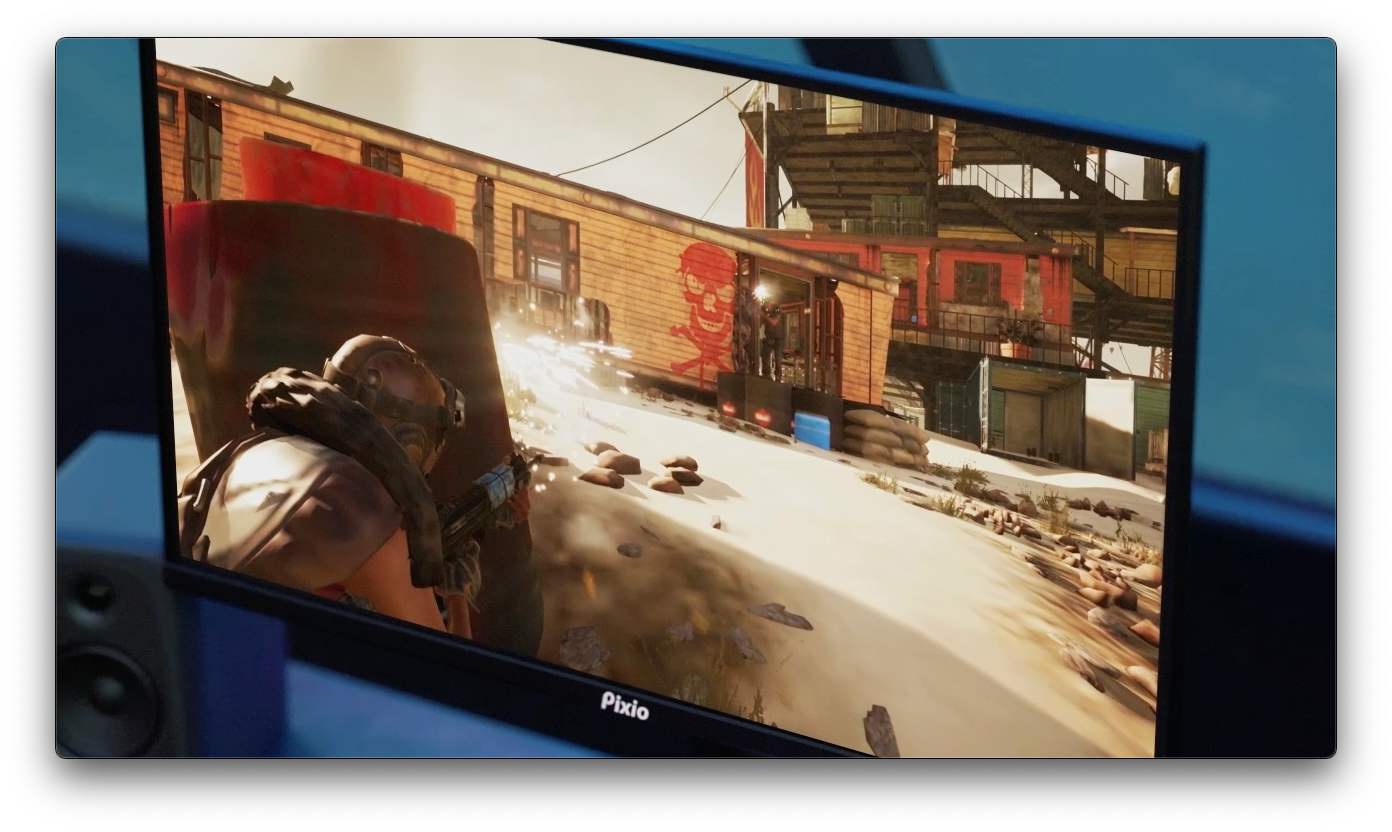
If you're in the market for a new gaming monitor, you've likely come across the term "response time" in your research. But what exactly does it mean, and how is it measured?
Response time refers to the time it takes for a pixel on a display to transition from one color to another. In other words, it's how quickly the monitor can keep up with fast-moving images, such as those found in video games. A shorter response time means less motion blur and ghosting, resulting in a smoother, more seamless gaming experience.
There are two primary methods used to measure response time: Gray-to-Gray (GTG) and Moving Picture Response Time (MPRT).
GTG measures the time it takes for a pixel to transition from one shade of gray to another, usually from a mid-tone gray to another mid-tone gray. This method is widely used and often reported in monitor specifications. However, GTG response times may not always reflect the actual performance of the monitor in real-world scenarios, especially for fast-moving images.
On the other hand, MPRT measures the time it takes for a pixel to transition from one image frame to another, which is more representative of real-world performance. This method involves displaying a moving image with a black background and measuring the length of time it takes for the pixel to transition from one frame to the next while maintaining a visible image. MPRT response times are often longer than GTG response times, but they more accurately represent the actual performance of the monitor in real-world usage.
While MPRT response times are generally considered to be a more accurate representation of a monitor's performance during fast-paced gaming, it's important to note that not all manufacturers provide MPRT response times. Additionally, different manufacturers may use different methods to measure response time, which can make it difficult to compare models.
When shopping for a gaming monitor, it's crucial to research specific models and read reviews from reputable sources to get a better understanding of their individual features and performance. Pay attention to the type of response time measurement reported and consider whether it aligns with your gaming needs. Keep in mind that other factors, such as refresh rate and input lag, can also impact a monitor's performance during gaming.
Overall, response time is an important factor to consider when selecting a gaming monitor. Understanding how it's measured and which method of measurement is most accurate can help you make an informed decision and select a monitor that's right for you.

0 comments